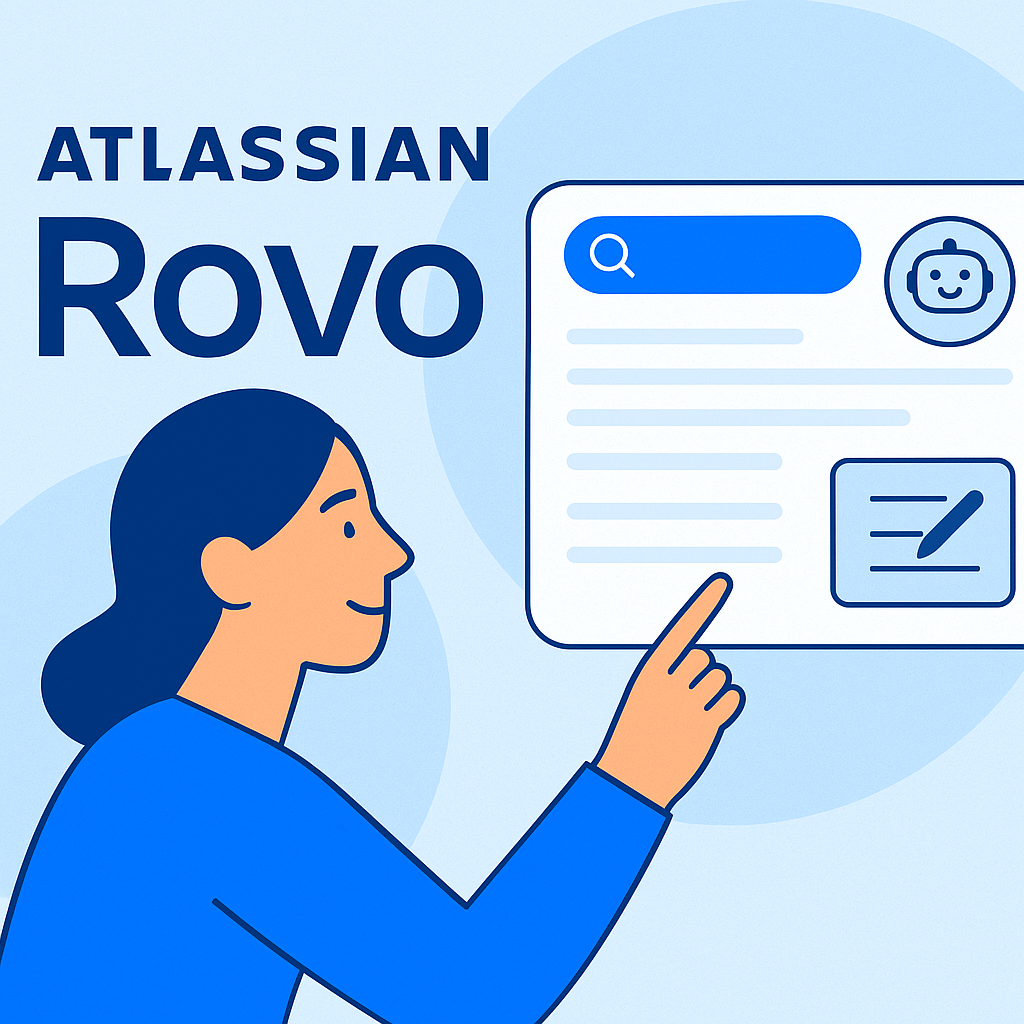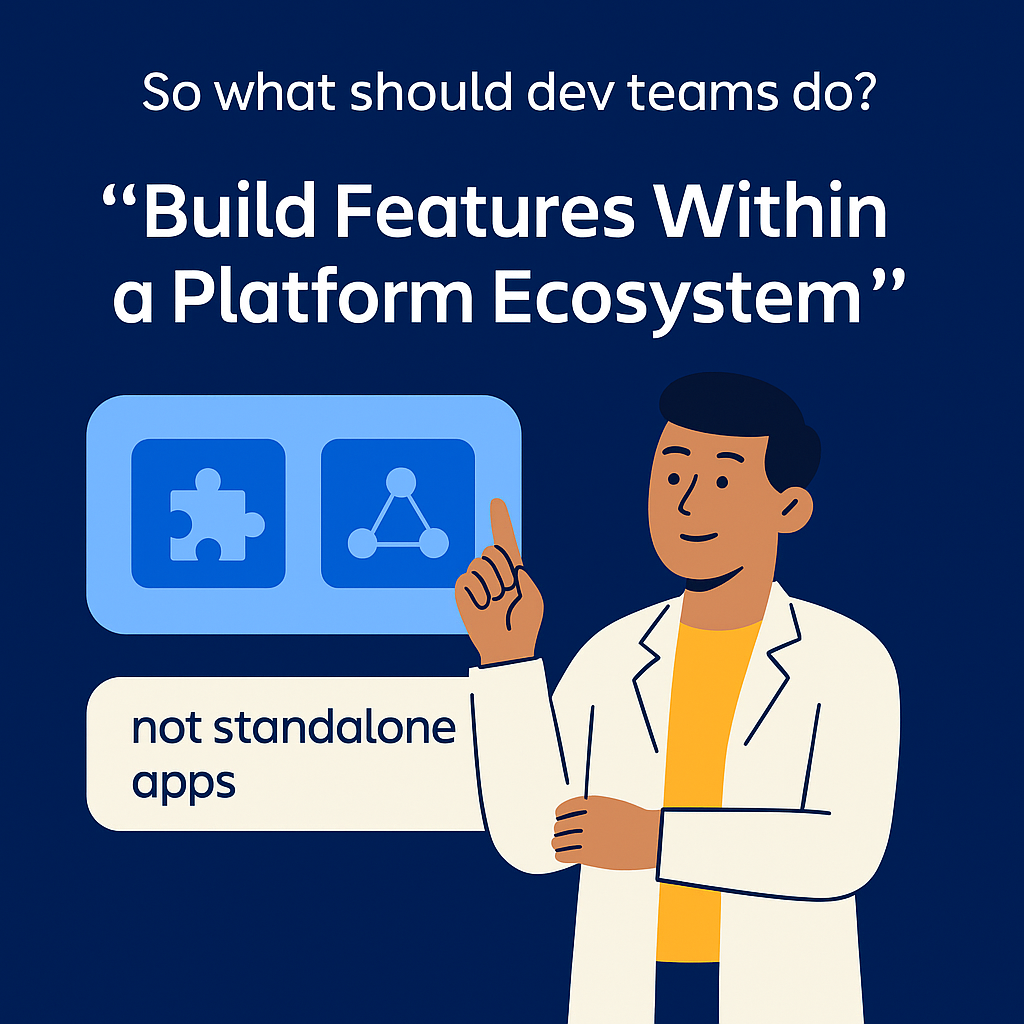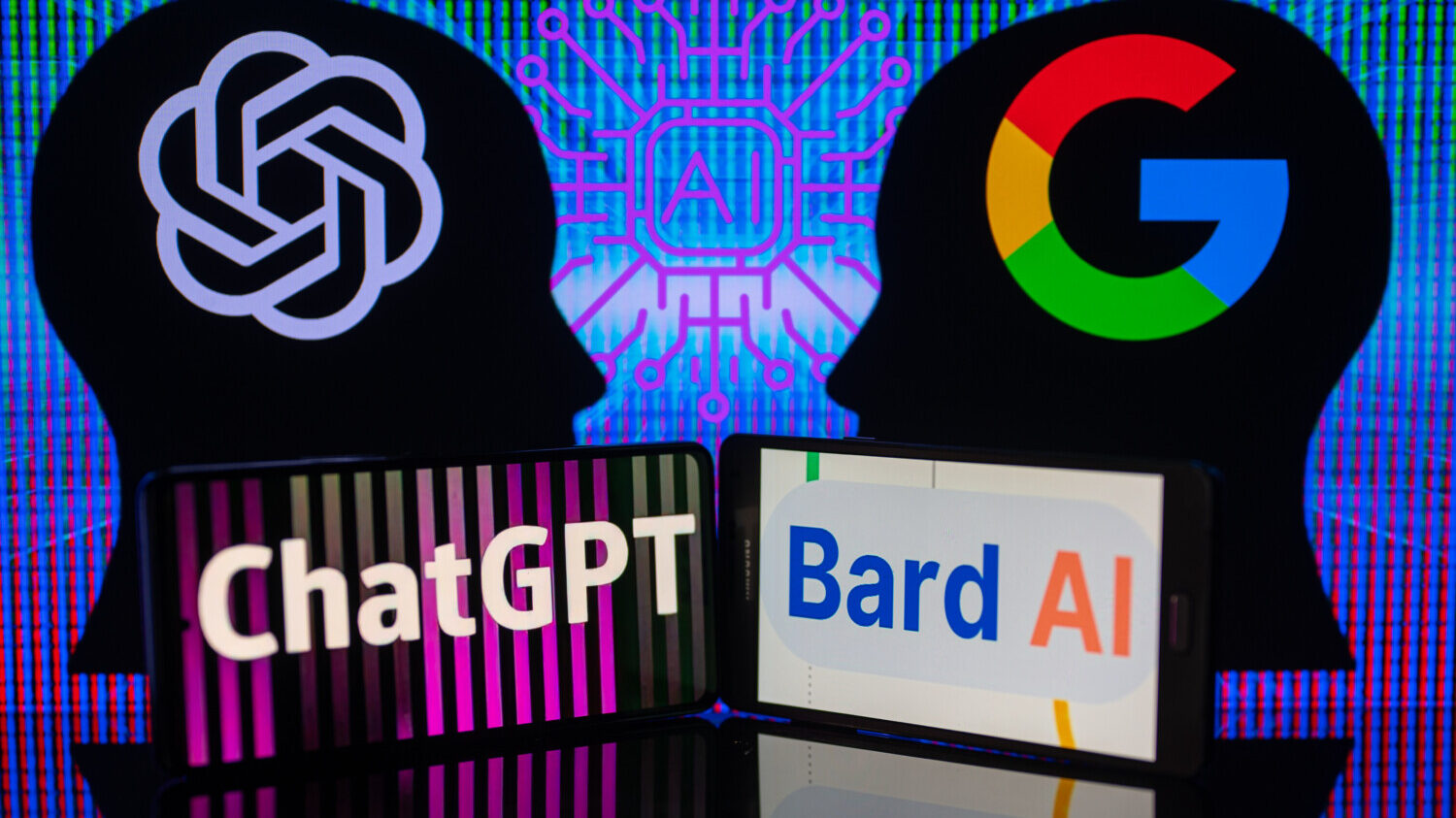When Atlassian introduced Rovo in 2024, many Marketplace app developers began to ask themselves: “Is my app still relevant?” Rovo is not just a new product; it marks a profound shift in how modern apps are built – from developing standalone tools to building embedded features that integrate deeply into a smart workspace, powered by AI, connected data, and seamless user experience.
What is Rovo and how does it change Atlassian’s ecosystem?

Rovo is Atlassian’s central integration platform – a smart glue that brings core products like Jira, Confluence, and Bitbucket together to create a unified experience. Rovo introduces:
Universal search: search across tools and content
AI agents: assist users by triggering relevant actions
Atlassian Graph: a shared data model connecting all user activities
Forge extensibility: allows developers to embed features into various product contexts
What makes Rovo stand out is its ability to create a continuous, context-aware, and actionable experience, where users don’t have to switch tools to interact with apps, data, or AI suggestions.
How does Rovo affect teams building apps for the Marketplace?
✔️ Opportunities
Apps can appear inside search, context panels, or be triggered by AI agents, increasing exposure and engagement.
No need to maintain your own backend – Forge provides secure, hosted infrastructure.
Leverage Atlassian Graph to build smarter, context-aware functionality.
Small, focused features that appear “at the right time in the right place” will gain more value than large, isolated apps.
⚠️ Challenges
Older apps that simply add a tab or a static form may become obsolete.
Apps that clone existing Jira or Confluence functionality risk being replaced by native AI features.
Standalone apps will incur higher maintenance costs and offer unclear value.
Developers must rethink their app’s role: it’s no longer a separate product, but a piece of a larger platform.
So what should dev teams do?
Change the mindset: from building a “product” to building a “platform extension”.
Design pluggable apps: apps that can be embedded into multiple touchpoints like Rovo agents, panels, or universal search.
Integrate with AI: create custom actions that Rovo agents can trigger contextually.
Leverage Atlassian Graph: access cross-product data to deliver contextual, smarter experiences.

✅ Transition roadmap for modern Rovo-compatible apps
As Rovo reshapes the app ecosystem, here’s how app development teams can proactively adapt their strategy:
Still on Connect? → Begin migrating to Forge to leverage Rovo-native capabilities, such as hosted functions and contextual UI placements.
Minimal presence in UI? → Explore embedding your app across more surfaces like context panels, global search, or sidebar actions to improve discoverability.
No AI integration yet? → Implement custom actions so Rovo’s AI agents can trigger meaningful workflows or automation inside your app.
Limited data scope? → Start tapping into Atlassian Graph to gain access to shared user data across products for better insights and personalization.
Single-product focus? → Reimagine your app for cross-product use, enabling it to provide value across Jira, Confluence, and beyond.
These steps help ensure your app not only survives but thrives in the evolving Atlassian smart workspace.
At DS Solution, we’ve built over 10 Forge apps for global clients, many of which already integrate with Jira, Confluence, AI agents, and flexible workflows. We’re ready to help you transform your existing app to align with Rovo and the modern, platform-driven approach.
Contact us to get started!





